Store Your Apple Vision Pro Like a Pro: A Practical Guide to Using the Protective Case with Built‑In Stand
The Vision Pro is both delicate and expensive: premium optics, soft facial interfaces, and precision mechanics deserve storage that protects, not hides. If you own the official protective case with an integrated stand (or a high‑quality third‑party equivalent), it can be more than a transport box — it becomes the quickest, safest way to keep the headset ready for use while lengthening the life of lenses, gasket, and hardware. ⏱️ 11-min read
This guide walks through non‑intuitive but practical steps to choose the right case, set up a climate‑stable storage spot, shield lenses and seals, secure the built‑in stand, move the headset safely, and maintain everything over time. Expect concrete routines, small accessories that pay dividends (silica packs, non‑slip pads, a tiny bubble level), and quick fixes for everyday mistakes.
Choosing a protective case with an integrated stand
Selecting the right case is the first defense. Look beyond looks: the best integrated‑stand case balances impact protection, internal cushioning, and a footprint that makes the headset stable and easy to grab without wresting it out of the shell. Think of the case as a small ecosystem — shell, liner, lens cradle, and stand must all work together.
Start by feeling materials and fit. A rigid outer shell with a slightly flexing, energy‑absorbing layer (e.g., polycarbonate or ABS with an inner EVA or foam layer) provides crash resistance without transmitting sharp impacts to lenses or ports. Inside, the liner should be soft, lint‑resistant, and shaped to cradle the Vision Pro so the weight rests on the case structure rather than on glass or the face gasket.
Evaluate the integrated stand: its hinge should lock solidly into storage position and fold cleanly into the case without pinching any padding. Low, non‑slip feet on the stand are essential — a narrow tall leg increases tip risk. A compact footprint keeps the unit from catching on cables or crowding a desk. If the case uses a latch or magnetic closure, test that it clicks closed reliably and doesn’t press unevenly against the gasket or lens area when shut.
Finally, check lens clearance and port access. There should be visible, consistent space between the glass and the case padding; if you must compress pads to close the lid, the fit is wrong. Ports and cables should be accessible without forcing them through tight gaps. If you travel frequently, favor designs that include a dedicated pouch for small accessories so chargers and dongles stay separate from lenses.
Optimizing the storage environment for Vision Pro
Where you put the case matters as much as which case you buy. The Vision Pro benefits from a stable, low‑dust environment with moderate temperature and humidity. That prevents lens fogging, gasket hardening, and slow degradation of plastics — problems that start subtly but compound over months.
Pick a dedicated nook: a shelf, small cabinet, or drawer lined with a microfiber or foam shelf liner. Avoid attics, garages, or places with huge temperature swings. Ideally, choose a stable indoor spot where daily sunlight won’t bake the case and overnight humidity won’t rise dramatically.
Invest in a digital hygrometer/thermometer — the small device will tell you if your location frequently spikes above ~60% relative humidity or below 10°C/50°F. Keep the storage climate roughly between 15–25°C (59–77°F) and 30–50% RH for best longevity. If you don’t have climate control, a simple silica gel packet tucked inside the case helps absorb moisture during storage. Replace silica packs when they feel wet or every 3–6 months in humid climates.
Control dust and vibration. Wipe the case exterior before storing and place it on a non‑slip surface to prevent creeping from tabletop vibration. If you keep the Vision Pro on a shelf in common areas, consider a closed cabinet door to reduce dust and curious hands. For high‑traffic spaces, a shallow anti‑tip anchor or a discreet adhesive pad under the stand gives extra peace of mind without changing usability.
Lens, padding, and gasket protection during storage
Most damage happens at contact points: micro‑abrasions to lenses, compressed gaskets that deform facial seals, or lint transfer from padding. A short pre‑storage routine prevents these outcomes and takes less than a minute.
First, clean the lenses and interface. Use a dedicated microfibre cloth and an electronics‑safe cleaner if needed; wipe from the center outward in a circular motion. Allow damp areas to air dry completely before closing the case. For the facial interface, a light wipe to remove oils and makeup prevents long‑term transfer to padding. Avoid sprayed cleaners directly on the headset — spray onto the cloth instead.
When placing the Vision Pro into the case, orient it so the glass faces soft padding with no hard edges nearby. If your case provides a lens cap or a shaped cradle, use it. If not, slide a clean microfibre cloth or a thin, lint‑free spacer between the lens and any adjacent padding to guard against abrasion. Never compress the face gasket when closing: the padding should be arranged so the gasket rests neutrally, not folded or pinched.
For longer storage stretches, support the gasket: use a low‑profile foam spacer shaped to maintain the face seal geometry without applying pressure. Check periodically for any compression set (permanent flattening) in the gasket — if you see deformation, replace the facial interface parts promptly to maintain fit and comfort. Small investments — extra cloths, a spare spacer — prevent expensive replacements later.
Stand stability, placement, and anti‑tip measures
The built‑in stand is convenient, but it’s also the single point that keeps the Vision Pro upright and accessible. Thinking like a mechanical engineer helps: prioritize a low center of gravity, a wide contact patch, and a surface that resists sliding.
Use non‑slip feet or pads under the stand. Many cases include rubberized feet; if they’re shallow, add thin, high‑friction adhesive pads to increase grip. Place the case on truly flat surfaces — on plush carpet a thin rigid board or a low‑profile shelf liner will restore a level plane and eliminate wobble. For precision, a small bubble level or inclinometer app on your phone can confirm horizontal alignment; even minor tilts can create an annoying rocking motion that encourages tipping.
If the Vision Pro sits where it can be bumped — near a busy TV stand, a child’s play area, or a narrow hallway shelf — add discreet anti‑tip measures. An adhesive anti‑tip strap attached to the shelf’s back edge or a Velcro loop securing the case to the shelf underside are unobtrusive options. For more permanent setups, a shelf bracket that cups the stand base or a small wall anchor behind the shelf provides strong protection against knocks.
Balance cable routing. If you leave a short charging cable connected, route it behind the case and secure it with a small clip so tugging doesn’t rock the stand. Avoid letting cords pass under the stand where they can lift one side. Finally, test stability with a light nudge and a gentle pull on any cable to confirm the system resists common disturbances before you call it safe.
Safe handling and lifting to store or retrieve
Moving the Vision Pro between use and storage is when accidental damage is most likely. A calm, repeatable routine cuts risk dramatically and is easy to remember once you practice it a few times.
Follow this three‑step method each time:
- Prep the space. Clear a flat, dry area near the case and inspect the stand and latches quickly. Remove anything that could snag: loose cables, small objects, or crumbs. Wipe your hands or the headset with a microfiber cloth if they are sweaty or dirty.
- Lift by the enclosure. Place one hand under the case’s base and the other on the opposite balanced side — never lift by lenses, padding, or thin seams. If the case has handles or grip edges, use them. Keep the headset close to your torso to minimize lever forces and wrist strain.
- Move smoothly and stow deliberately. Set the case down with a stable motion, align the stand precisely if you’ll use it upright, and close latches without rushing. Maintain eye contact with where the lens will sit; a millimeter of misalignment can create pressure pockets on the gasket.
Detach accessories before stowing to avoid cable strain or connector stress. Keep chargers, dongles, and short cables in separate labeled pouches inside the case or in a small zip pouch stored beside the case. This prevents cords from snagging when you lift the headset and makes retrieval effortless for next use.
On‑the‑go storage and transport best practices
Travel is when the Vision Pro sees unfamiliar forces: tossed luggage, tight compartments, and temperature extremes. The protective case with a built‑in stand still protects best when you pair it with thoughtful packing and temperature awareness.
Use a snug sleeve or padded pouch inside larger bags. Slip the case into a dedicated sleeve that prevents lateral movement and cushions against knocks. Place the sleeve in a central compartment, not against the outer wall of a backpack or suitcase where impacts are more direct. If your bag has compression straps, use them to immobilize the sleeve so it can’t slide into other items.
Stow the stand correctly. If the case requires the stand to fold or lock, verify it’s fully recessed before packing. A misfolded stand can bend or stress the hinge during transit. Remove or tuck loose cables — zip them into the accessory pouch — and confirm all latches are fully engaged.
Mind temperature. Don’t leave the Vision Pro in a hot car, under direct sun, or in a freezing trunk. Electronics and optical adhesives don’t like rapid temperature swings. As a rule of thumb: avoid exposures outside 0–35°C (32–95°F) for extended periods. If you must travel through extreme climates, carry the case in a climate‑regulated cabin item rather than checked baggage.
For air travel, label the pouch clearly and consider a small “fragile” sticker. Place the headset in a carry‑on with minimal shifting potential — overhead bins are acceptable if the case sits flat and won’t be crushed by other items. When moving between locations, perform a quick stability check of the stand and latches before every use.
Maintenance, inspection, and replacement timeline
A lightweight inspection routine keeps surprises away. Establish both quick checks you do monthly and deeper inspections every quarter; this cadence catches wear before it becomes damage.
Monthly quick checks (1–5 minutes):
- Wipe lenses and facial interface with a clean microfibre cloth.
- Confirm case latches click fully and the stand locks into its storage position.
- Feel the silica gel pack; if it’s damp, replace or recharge it.
- Look for loose screws, cracks, or wobble in the stand.
Quarterly deeper inspection (15–30 minutes):
- Remove the headset and inspect the gasket for hardening, tearing, or compression set. Replace padding if thickness has dropped significantly or the seal feels uneven.
- Open seams and clean inside the case with a soft brush or vacuum on low using a micro nozzle to remove dust and lint.
- Check the stand hinge for hairline cracks, play, or metal fatigue. Tighten accessible fasteners to the manufacturer’s torque guidance or to a gentle firm feel to avoid over‑tightening.
- Test the case closure repeatedly and listen for unusual creaks; any unusual mechanical noise during locking or unlocking indicates parts that may soon fail.
Replacement guidance: replace facial foam and gasket at the first sign of permanent deformation or material breakdown (commonly every 12–24 months depending on use and climate). Silica gel every 3–6 months in humid locations. Stand components and latches should be reviewed annually; if you find hairline cracks or persistent wobble, replace the case or contact support before the issue grows. Maintain a small box of spare microfibre cloths, a soft brush, and a replacement silica pack near the storage area to streamline routine care.
Common pitfalls and quick fixes
Even conscientious owners make the same mistakes. The good news: most are fast to fix with a few habits and inexpensive items.
Pitfall: dust and facial oils transfer to lenses. Quick fix: wipe the lenses and facial interface before storing. Keep a microfiber cloth in the case or a small zip pouch for immediate use.
Pitfall: case left partially latched. Quick fix: make a habit of an audible click check — close the case and press around the latch points until you feel or hear full engagement. A small sticky tab reminder on the case for the first few weeks can build the habit.
Pitfall: compressed or pinched gasket after storage. Quick fix: when you see odd fit or pressure marks, don’t force the headset back into use. Remove and allow the gasket to relax on a clean flat surface, then place a low‑profile spacer to maintain shape while you order a replacement or contact support. If padding has shifted, re‑seat the pads so the gasket isn’t folded under pressure points.
Pitfall: loose cables and cable drag tipping the stand. Quick fix: route cables behind the case and secure them with a small cable clip or a short Velcro strap. If you travel, put cords in a labeled accessory pouch so they never dangle while the headset is stored.
Pitfall: leaving the headset in a hot car or cold trunk. Quick fix: move the case to a carry‑on or your personal bag and keep it in the cabin. If you accidentally expose the headset to extreme temperatures, allow it to return to room temperature slowly before powering on to avoid condensation inside optics or electronics.
If misalignment, lens rubbing, or mechanical issues persist after quick fixes, contact Apple Support or your case manufacturer. Small repairs early are far cheaper and less disruptive than replacing optics or entire facial assemblies.
Takeaway: perform the quick monthly check now — wipe the lenses, confirm latches, and tuck a silica gel pack inside. Those three small steps remove the most common long‑term risks and will keep your Vision Pro ready for the next session.


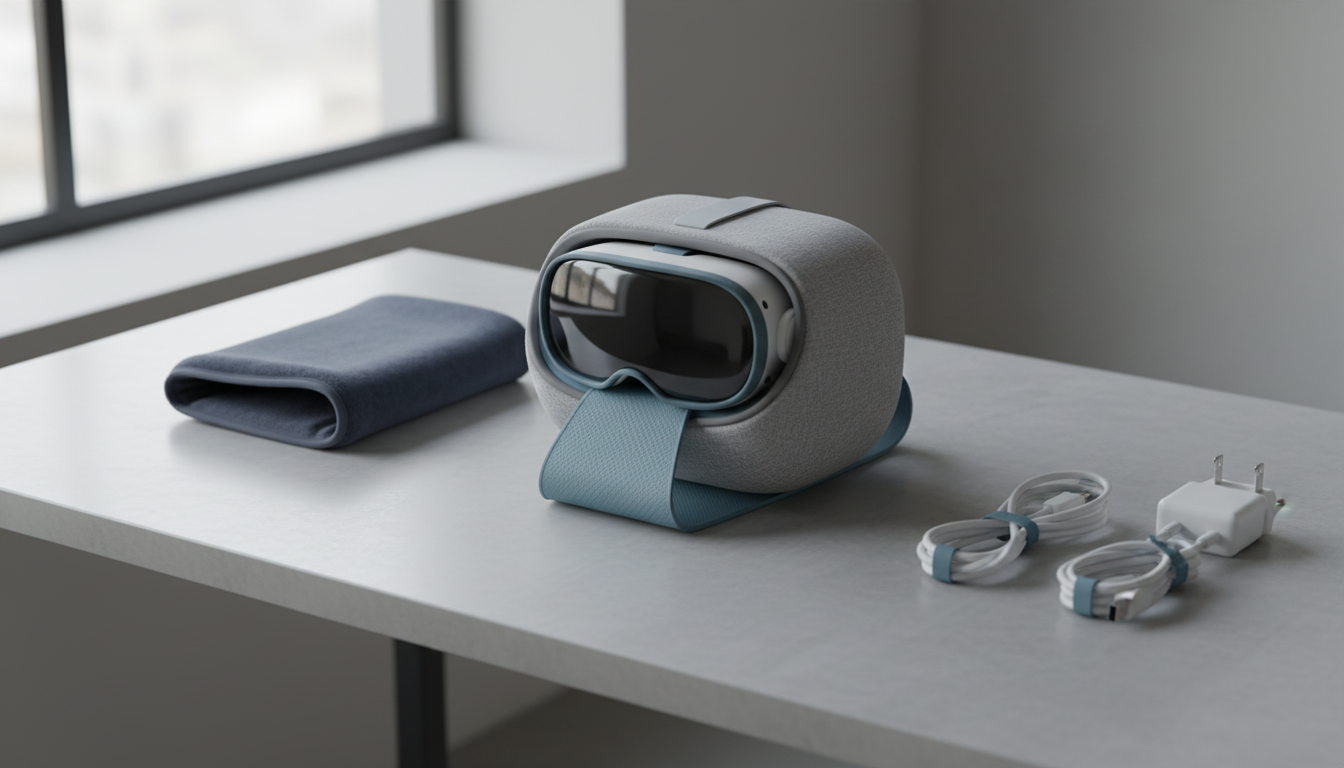
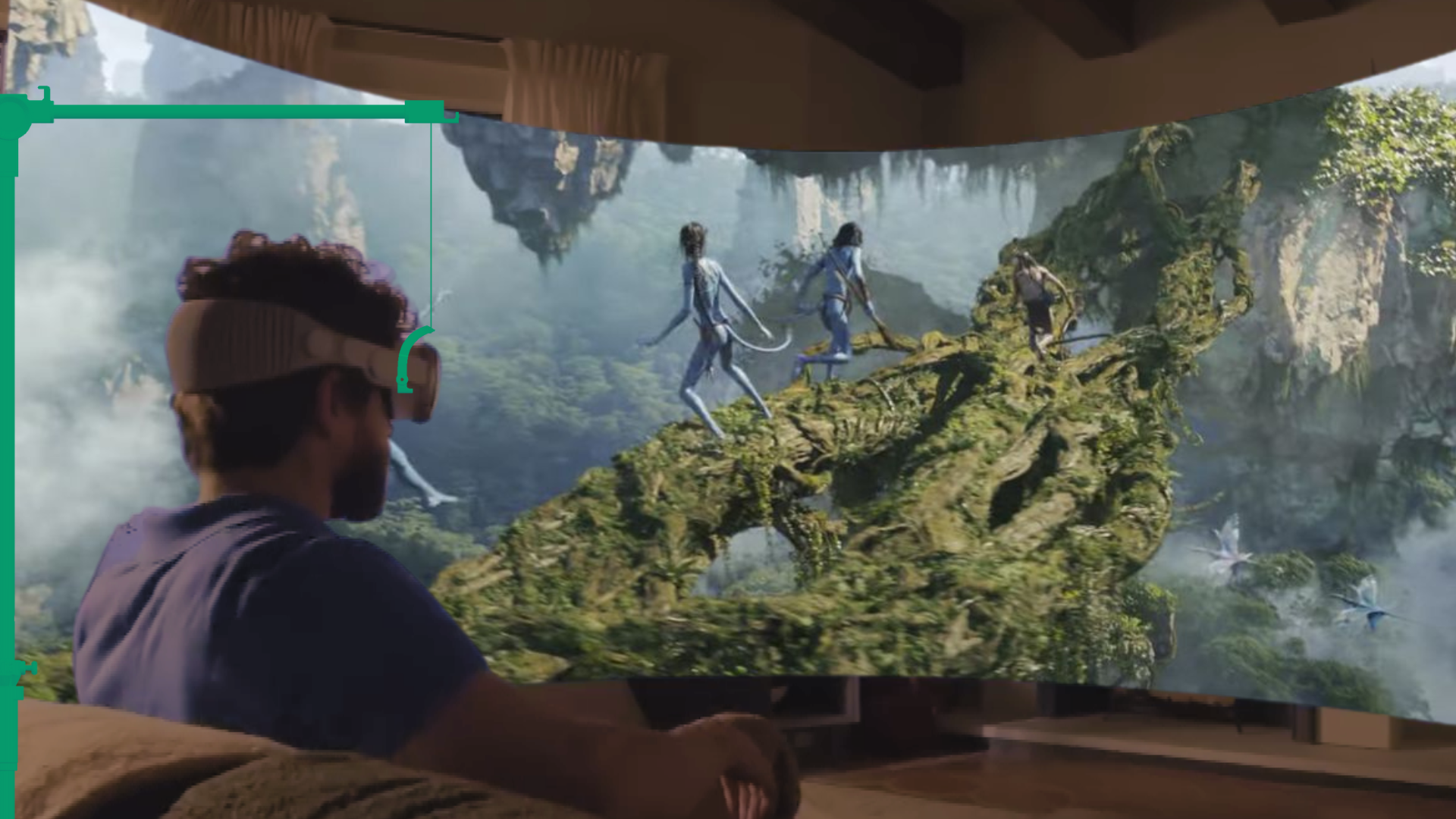

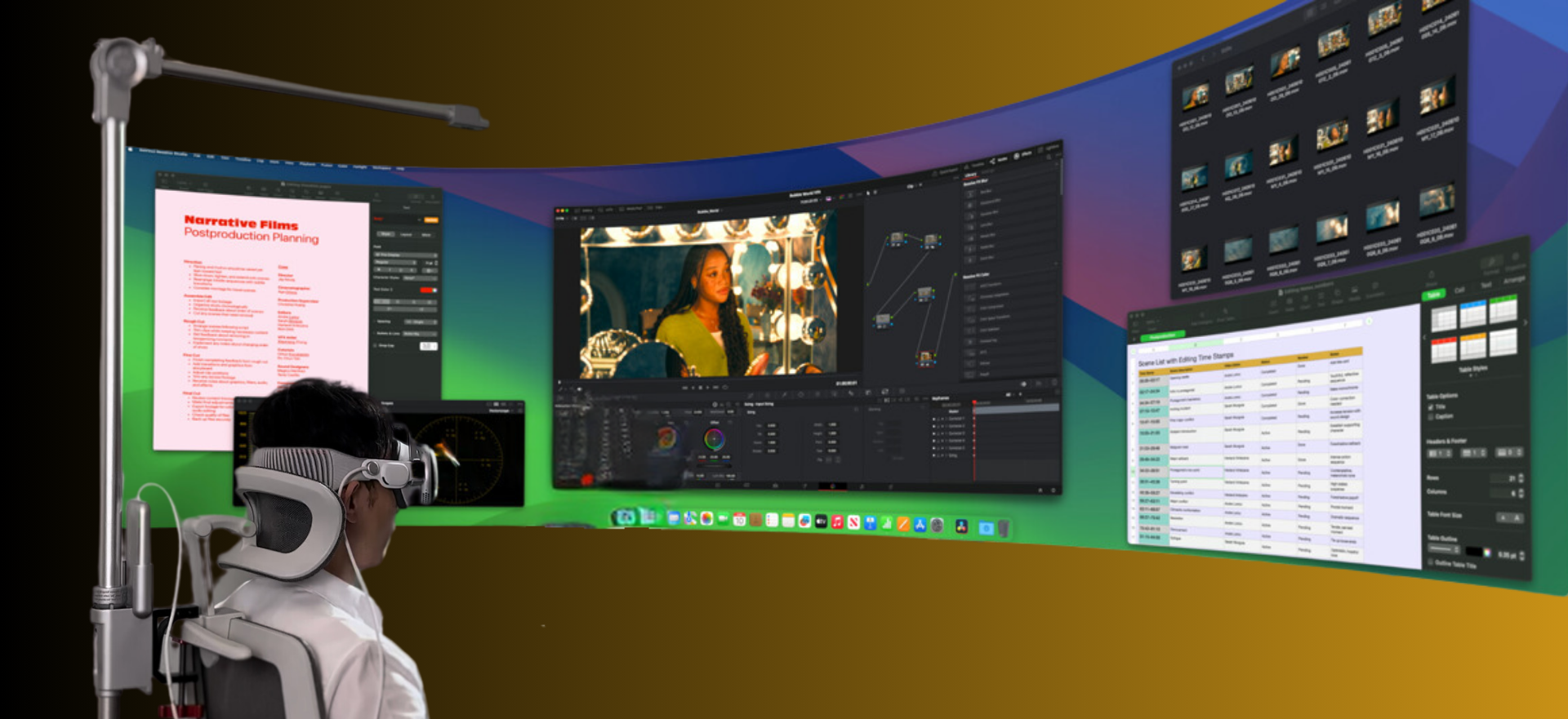
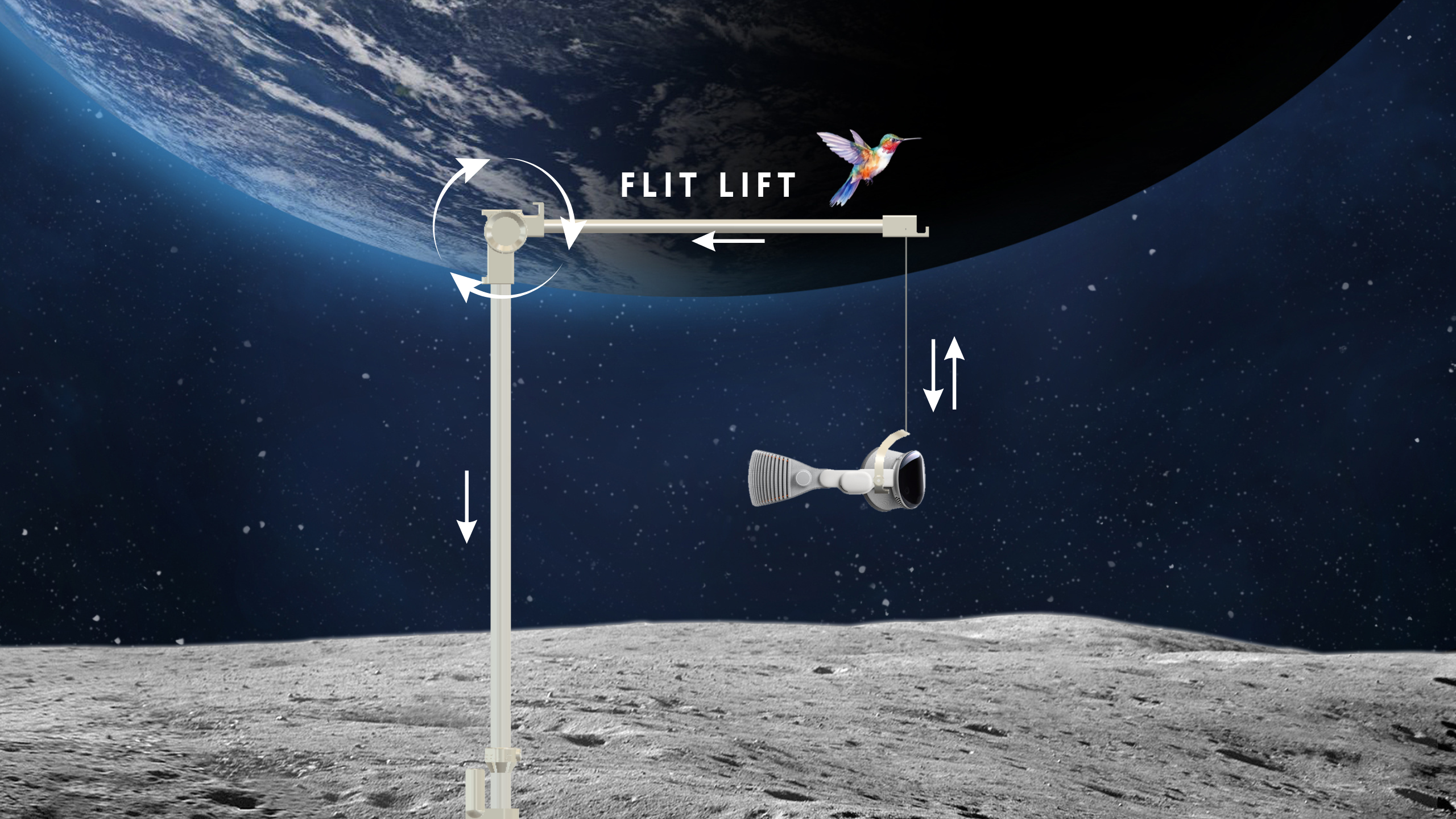
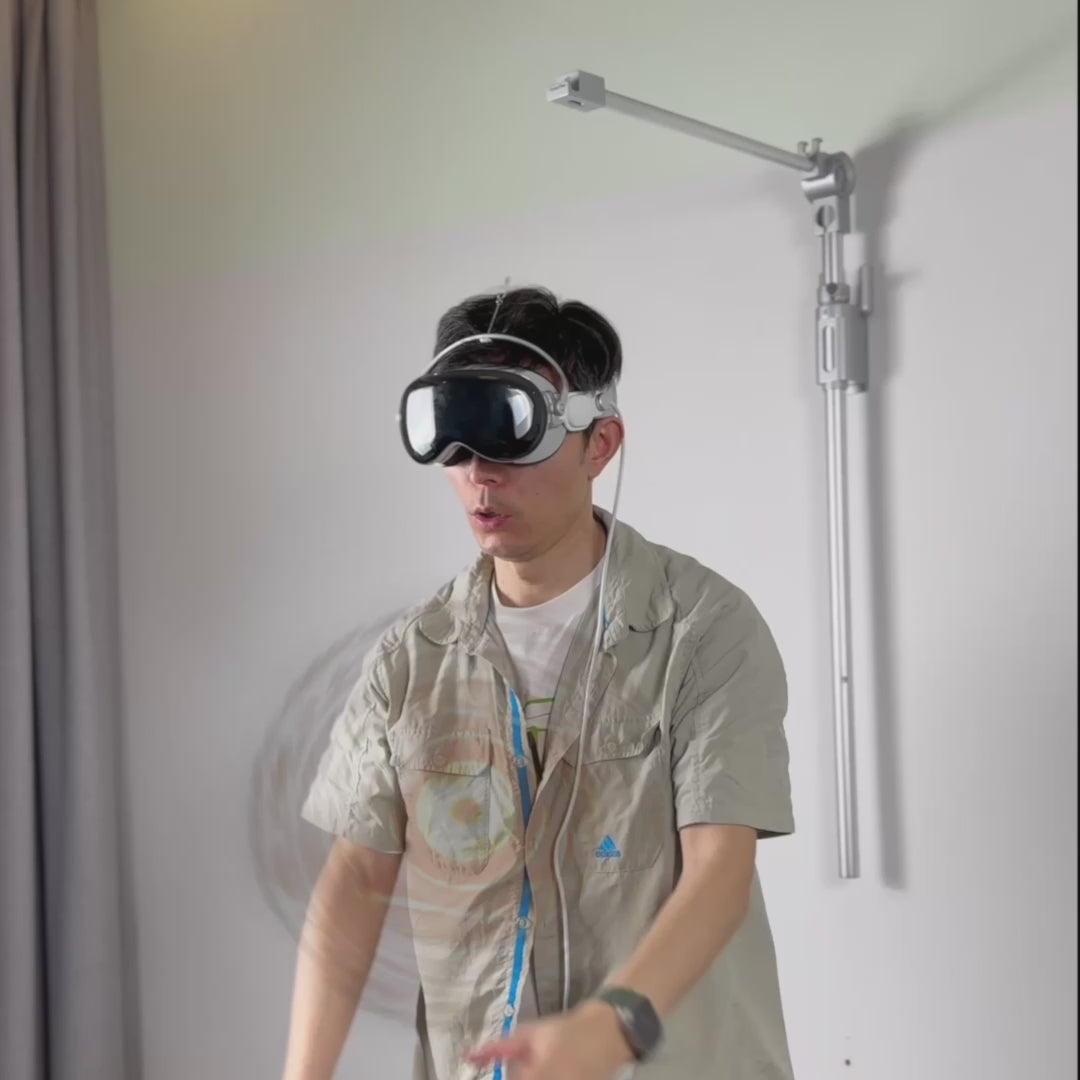
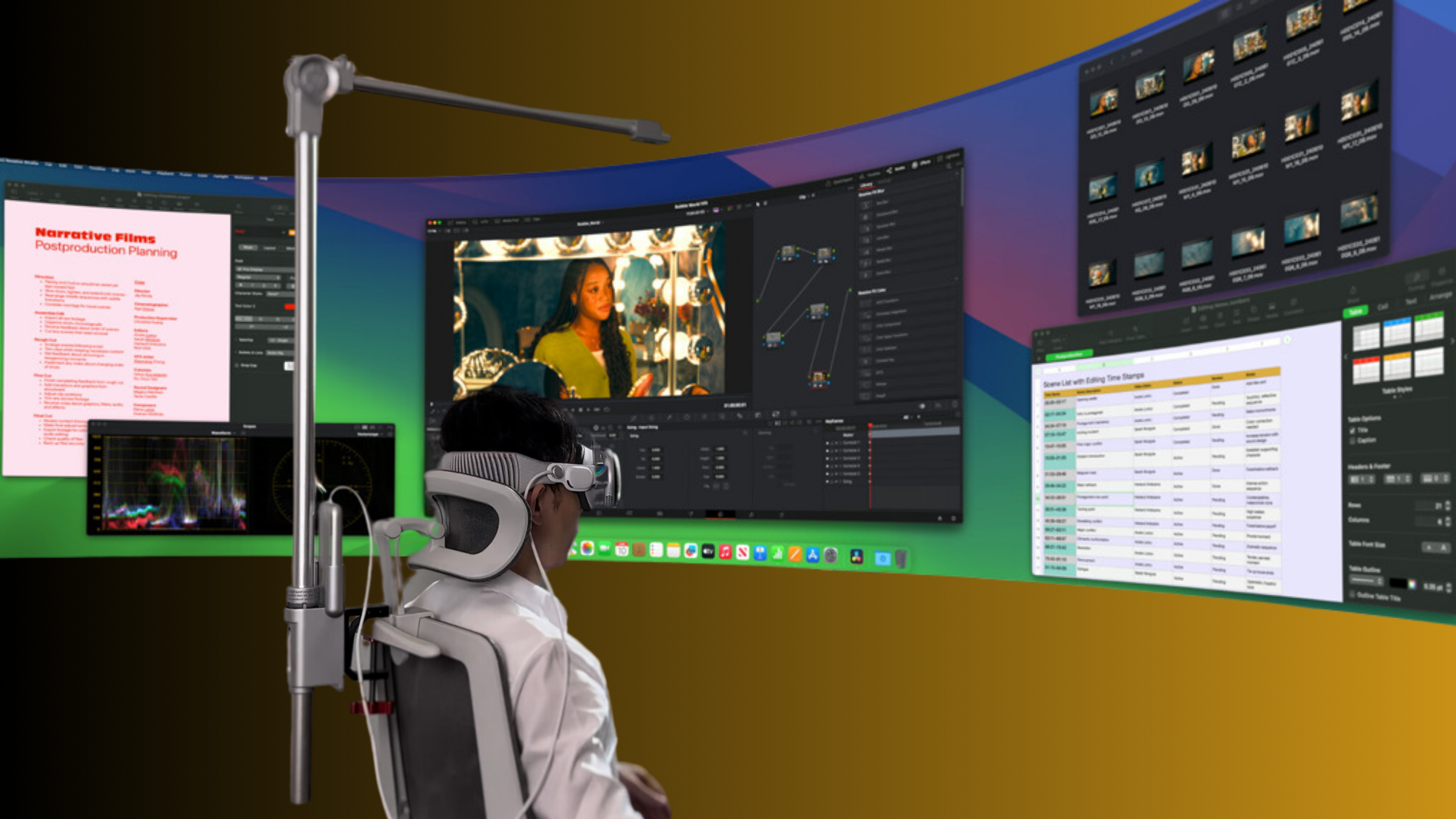

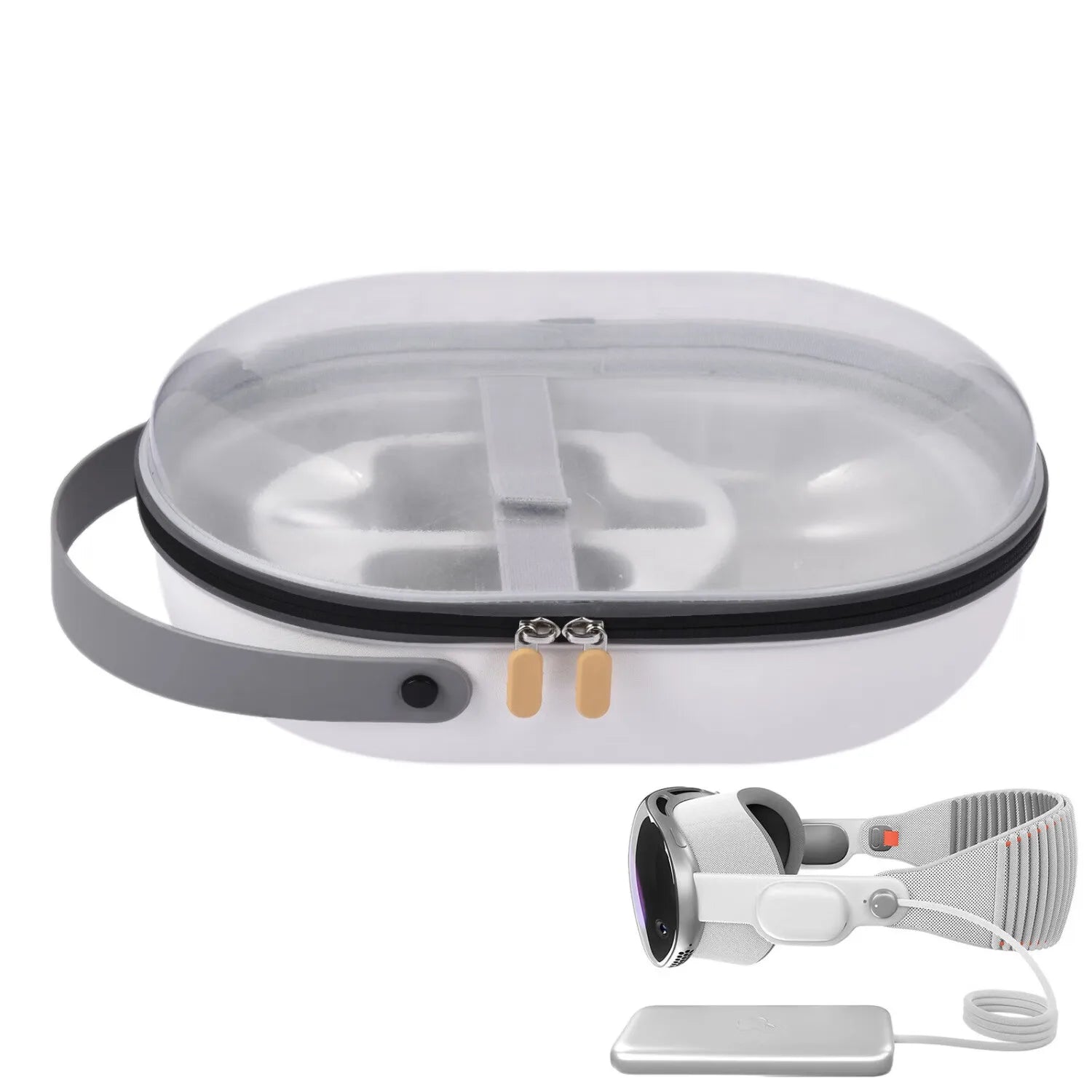
Compartir:
The impact of padding materials on VR comfort and cervical support
Optimizing Vision Pro tilt and headband fit for all-day comfort